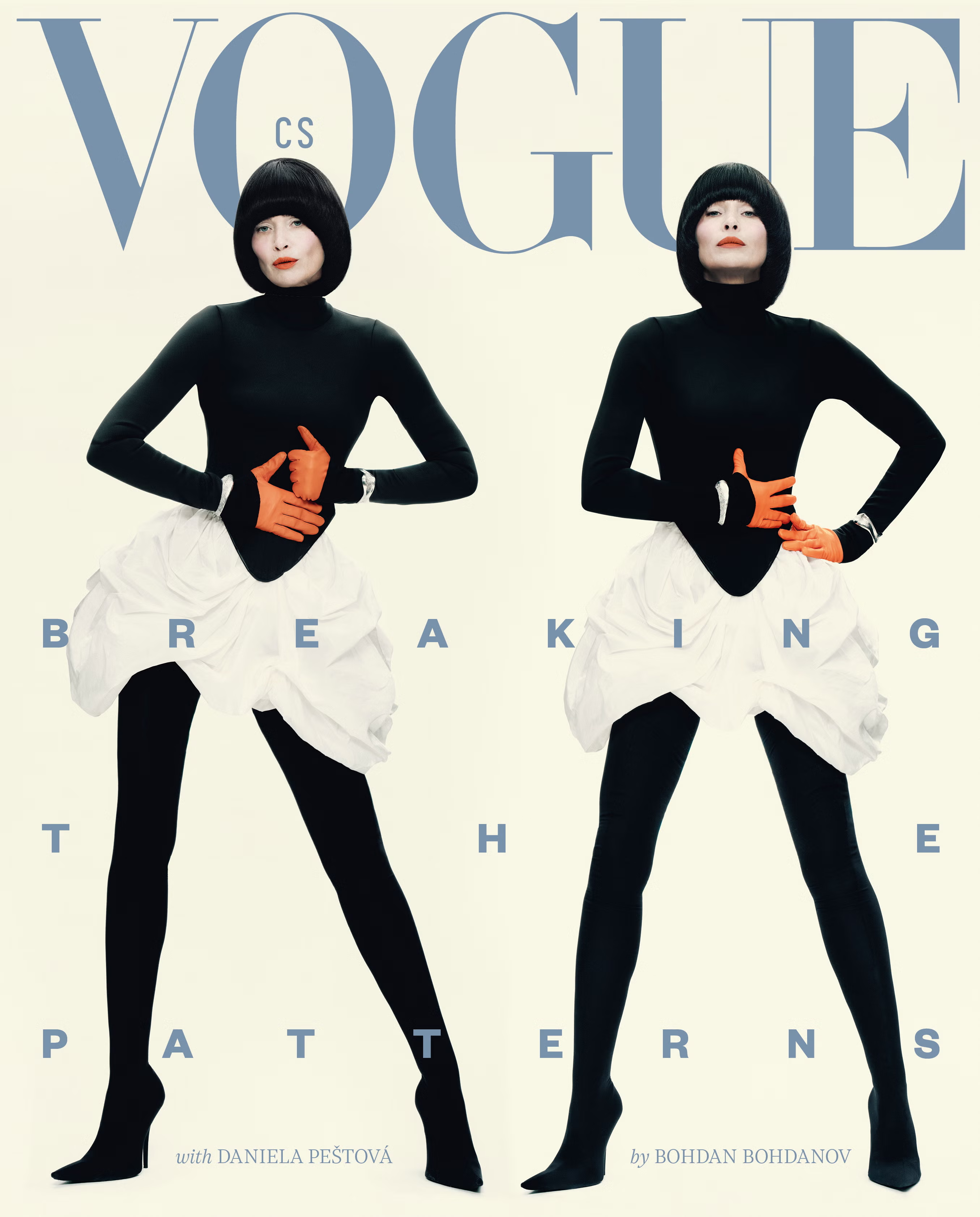Vogue Daily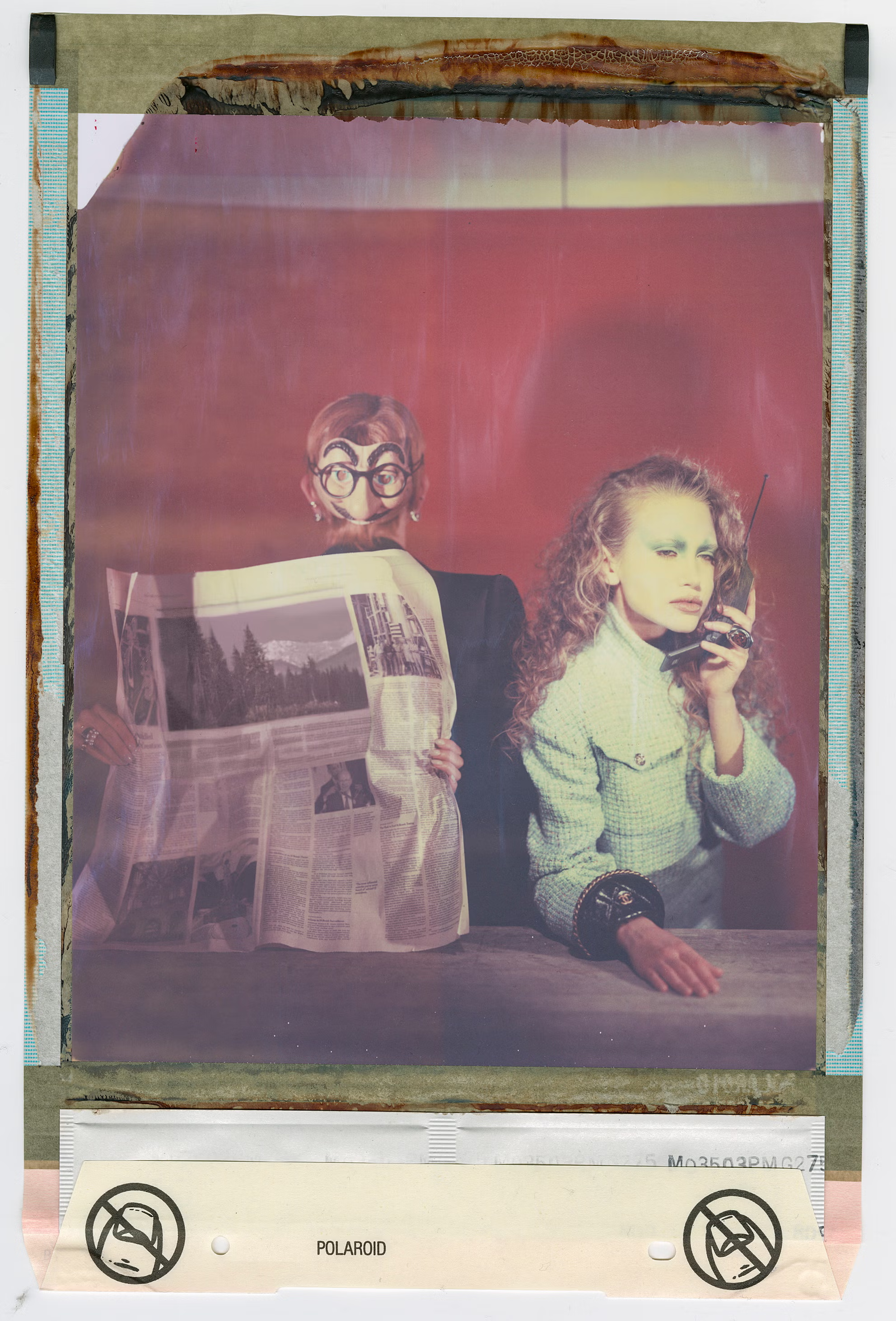
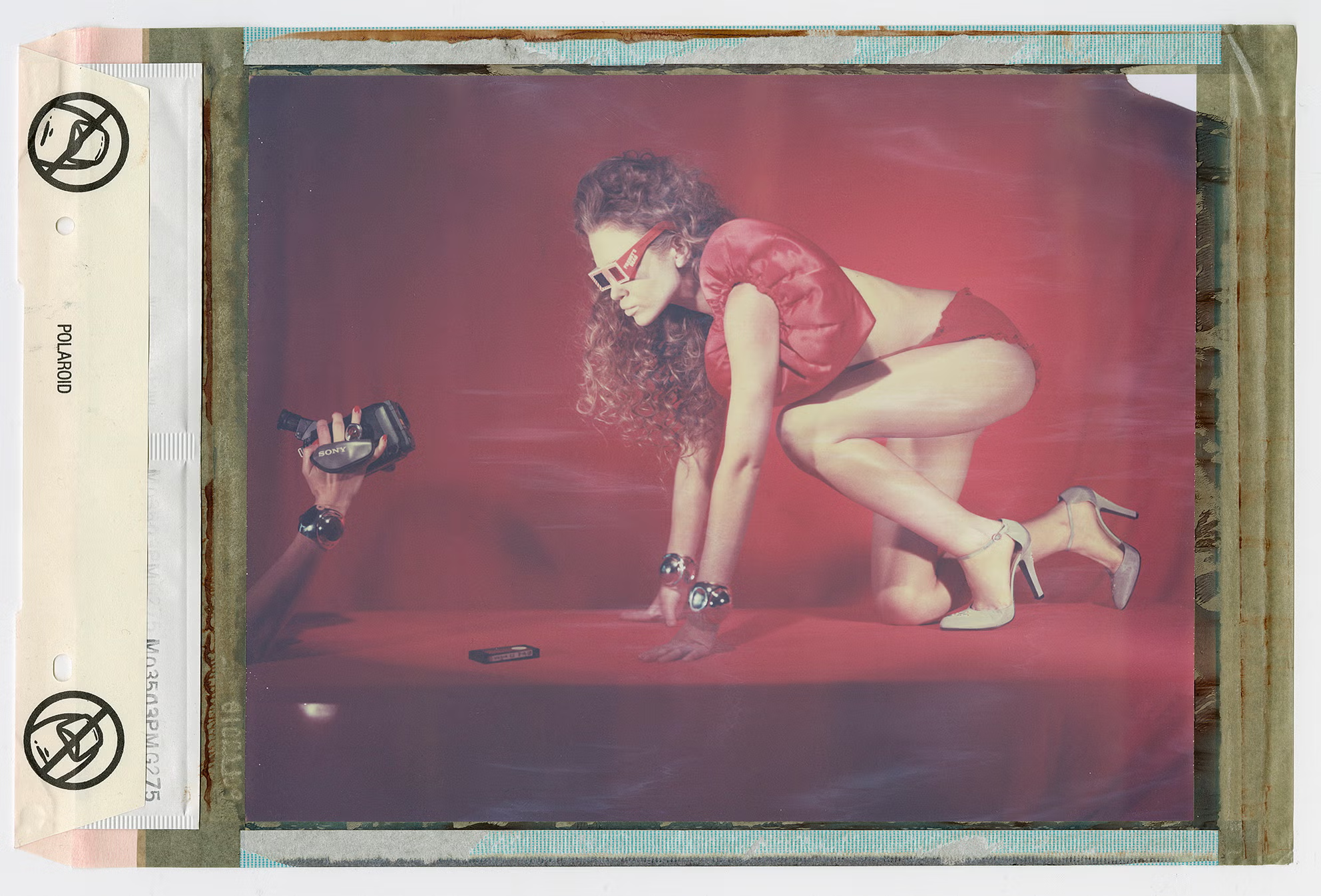
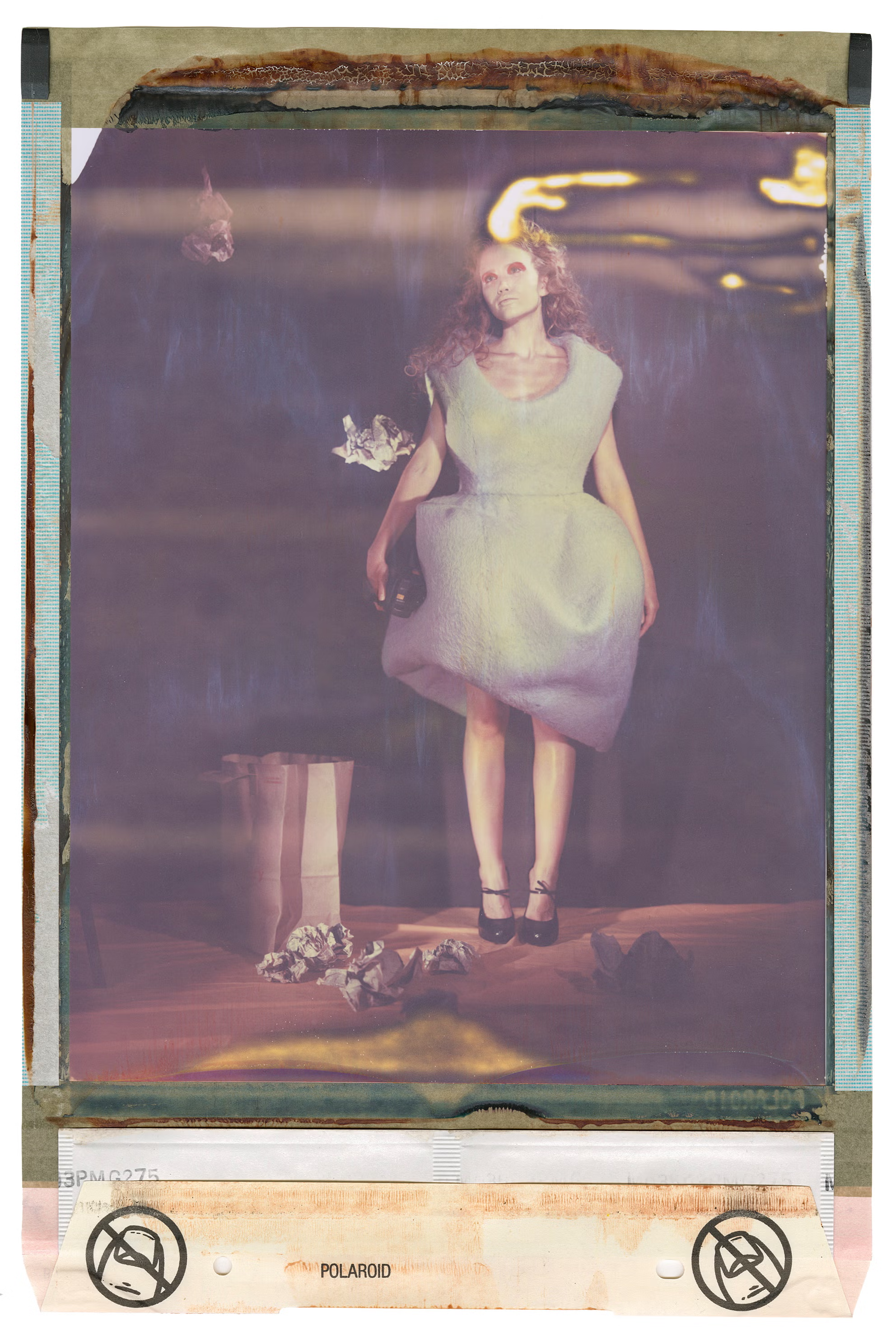
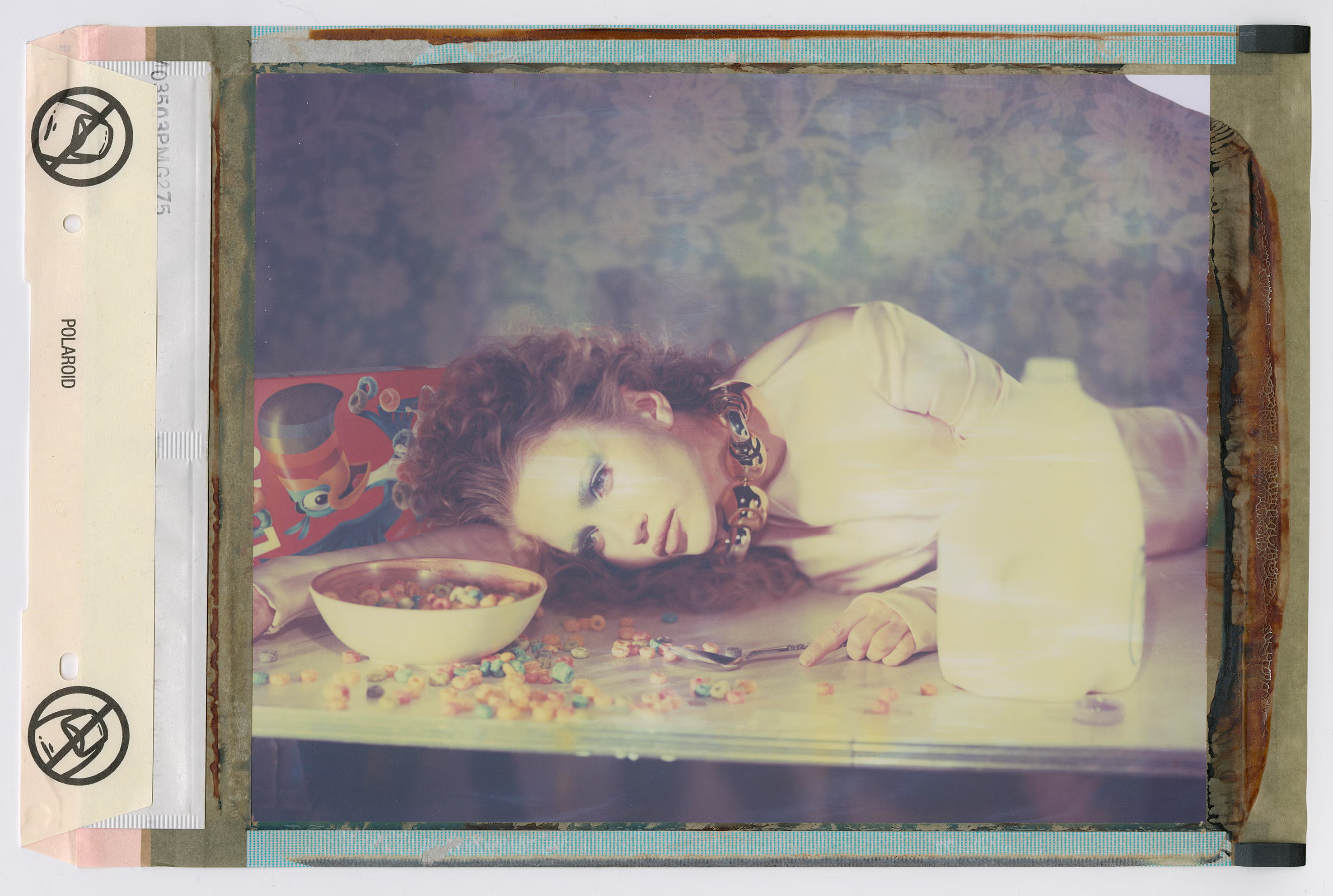
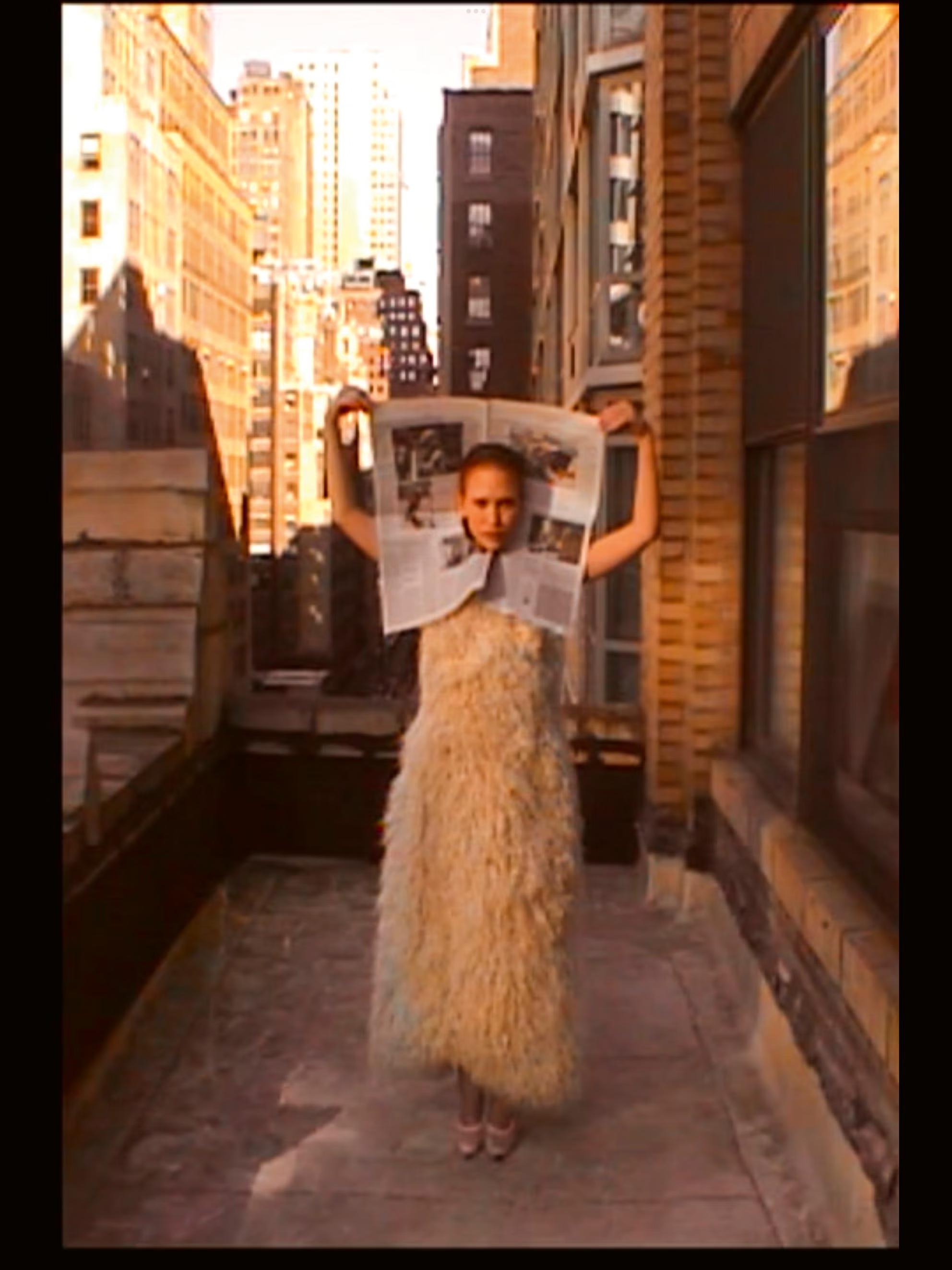
Arina Maksimova: Why the Fashion Industry's "Perfect" Size is a Lie
Kristýna Jandová17. 7. 2025
From dismantling the myth of the "perfect" model body to pioneering inclusivity in robotics, get ready to be inspired by a journey that proves ordinary people can and do change the rules.

Foto: Cameron Postforoosh for Vogue CS
Arina Maksimova for Vogue CS
Born in a small town on the border with China, Arina Maksimova began her journey into the glittering, often exclusive world of fashion not with a grand entrance, but as a rebellious “stowaway”. From observing models in her hometown's unlikely hub of agencies to working tirelessly behind the scenes without pay, Arina's determination to be part of an industry that traditionally sidelines those of her 158 cm height drove her to rewrite its rules. Her story is a testament to the power of questioning norms and forging one’s own path ultimately leading her to challenge the very foundations of fashion and beyond.
Your journey into fashion was anything but typical, starting with "stowing away" and working backstage. Looking back, what is one specific, small moment from those early days – perhaps a conversation, a task, or an observation – that solidified your conviction that you had to be part of this world, even if it meant doing it on your own terms?
When I was working backstage, I witnessed something that completely shifted my perspective. I saw how even the girls with the so-called perfect model measurements (175 or 180 cm tall, with “ideal” proportions) had to have clothes pinned and clipped on them. These were the bodies the industry claimed to design for, yet even they needed adjustments. So who were these clothes really made for?
And yes, a lot of stuff has to be pinned and adjusted on me. But the point is, I never once felt that anything was wrong with me. I’d spent years watching the exact same thing happen to tall girls. That’s when I realized the problem wasn’t us, it was the standard itself. And that standard needed to change.
Your parents let you travel alone to China at just 14, without a modeling contract, simply to chase your dream. What’s the one thing they taught you that gave you so much courage?
They taught me to always question existing rules: Who created them, and why? They made me understand that fashion is just another industry, like any other. There are no gods behind it, just people.
They helped me see that if some designer fifty years ago decided it was easier to showcase a piece of fabric on a girl who looked like a living mannequin, that doesn’t mean that fifty years later when the world has changed, when priorities have changed, when everything has changed a regular girl from a regular family can’t walk in and challenge that system. In the end, they’re all just people no different from you. Ordinary people create the rules, and ordinary people change them. That’s something I apply to everything.

Foto: Cameron Postforoosh for Vogue CS
Arina Maksimova for Vogue CS
You mention realizing that sample sizes are a "lie" and that clothes are made for mannequins, not women. If you could create a new standard for fashion industry sizing from scratch, what would it prioritize, and how would it fundamentally differ from the current system?
It should never be the model who needs to fit a single, standard sample size. Sample sizes should be based on real, average, diverse people. Designers owe their success to the women who buy their clothes, women of all shapes and sizes. No matter how glorified they want their creations to appear, they’re still making garments they hope real people will buy.
It’s time for designers to show more compassion for the women who are actually keeping them in business. I would completely change how we think of sizing: I’d get rid of XS, S, M, and L altogether and replace them with a system based on real measurements: height, chest, waist, and hips.
You’ve challenged the industry to stop making clothes for mannequins. Is there a brand today that you believe could make history by redefining inclusion in fashion? What sets their approach apart, and why do you think it could have such a big impact?
Yes, there’s one up-and-coming brand that I’m watching closely, and I genuinely believe it could change the way we think about fashion. It’s called THE158. Their slogan is literally, “Clothes should fit the person, not the person fit the clothes.” But more importantly, they don’t just talk about inclusivity; they’re engineering it into their designs. Every single piece will be adjustable, in both width and length, so the garment adapts to your body, not the other way around.
To me, that’s what a truly modern brand looks like. As far as I know, they’re now in their final stage of development. It takes time to invent something completely new but I can’t wait for their first launch!

Foto: Cameron Postforoosh for Vogue CS
Arina Maksimova for Vogue CS
You've become a voice for "invisible" short models. Beyond height, what other often-overlooked body types or characteristics do you believe the fashion industry still fails to adequately represent, and what would it take to change that?
The most overlooked group is petite plus-size women. If you’re short and slim, you can try to adjust a piece. But if you’re short and curvy, there’s no way to make clothes fit. You’re left with nothing that works.
And this isn’t just about height or size; it’s about the everyday reality of people’s bodies. We come back to the fact that fashion survives because ordinary people buy clothes. So the idea that it’s “too complicated” to make different sizes is absurd. No one’s asking for 150 variations of every piece. You don’t have to be a fast fashion brand polluting the planet with endless piles of unsold clothes that didn’t fit anyone.
We already have the tools, the data, the tech. What we need isn’t more clothing; we need clothing that actually fits.
It's fascinating how you navigate and connect the worlds of fashion, law, and IT. What’s your approach to integrating such distinct fields? And what inspired you to connect your life with both technology and the legal world?
Well, I’ve always been and still am the nerdiest nerd you can possibly imagine. My first major, for which I received a scholarship in the US, was international business. That’s when I got deeper into fintech. When I started landing big contracts in fashion, I realized I was constantly signing things, but I had no idea what I was signing. I was always self-represented and didn’t have an agency to protect me legally. So I either had to learn how to handle things myself or keep losing money by signing contracts that didn’t benefit me. That’s what motivated me to pursue and complete my law degree in the UK.
I’m constantly studying, just for fun. That’s how I got interested in robotics. I take courses in whatever catches my attention. I recently enrolled in a short space program at a university in Arizona. That might sound very boring to some people, but reading and studying is how I spend my free time.

Foto: Cameron Postforoosh for Vogue CS
Arina Maksimova for Vogue CS
Your journey into robotics began with a Harvard-run programming track. Could you elaborate on that initial experience? Was there a particular concept, a specific project, or even a moment during that track that made you think, "This is more than just coding; this is a path I need to deeply explore, potentially leading to robotics?"
It was actually quite the opposite. I was stuck on a programming exercise, trying to get a machine to recognize something emotional, and all I could think was, “God, I’m so bad at coding.” But I always felt it was the responsibility of my generation to teach machines to be more human-like, so I started thinking how I could contribute to that mission, even if not on the hardware side.
That’s when it hit me: no matter how well you train a machine to empathize, if it still looks like a robot, people won’t connect with it. It stopped being about code and became about emotional perception in machines. That’s when I began to shift my focus toward how robots look and how their appearance affects how we relate to them.
Your independent robotics project focuses on how form, texture, and movement influence emotional perception in machines. How do your insights from the fashion world – particularly around aesthetics and human perception – directly inform the development of empathetic, intuitively present robots?
Having spent years advocating for diversity in fashion, I entered robotics already knowing one fundamental truth: representation matters. The robots that will soon be part of our daily lives at home, in caregiving, in service roles should reflect the full beauty of human diversity. Skin tone, features, cultural nuance – all of it matters.
Fashion has already shown us what happens when people see themselves represented and what happens when they don’t. That insight is now central to everything I’m building in robotics.

Foto: Cameron Postforoosh for Vogue CS
Arina Maksimova for Vogue CS
Regarding your work on labor protections in fashion, what's been the most significant hurdle you've encountered in trying to implement basic rights like sick leave or pensions for models?
The biggest hurdle is the illusion of glamour. As long as the job looks beautiful, no one wants to believe there are people behind it who need things like sick leave or pensions. Models are working across time zones with no stability, no safety net.
What we need is the fashion equivalent of the actors’ union in Hollywood, a guild that guarantees basic protections: competitive, transparent wages, health support, paid sick leave, and an end to a system where a nepo baby earns millions while another girl gets paid next to nothing for the same work. The problem is that we all need to unite to be heard, but many of the most influential figures in modeling were born rich and simply have no reason to fight for social protections they’ve never needed.
There’s a lot of silence. We need to change that.
You once said, "Beauty got me in the door. Brains will leave it open for everyone else." For those aspiring to break into industries that seem to have rigid, unwritten rules, what's the single most important piece of advice you'd offer, based on your experience of creating your own "backdoor" into fashion?
While you’re spending years knocking on the door, think about how you’ll keep it open once you get in. For me, that means building something. Knowledge, a skill, a platform that acts like a doorstop. So the next person doesn’t have to knock as hard.
Vogue
Doporučuje
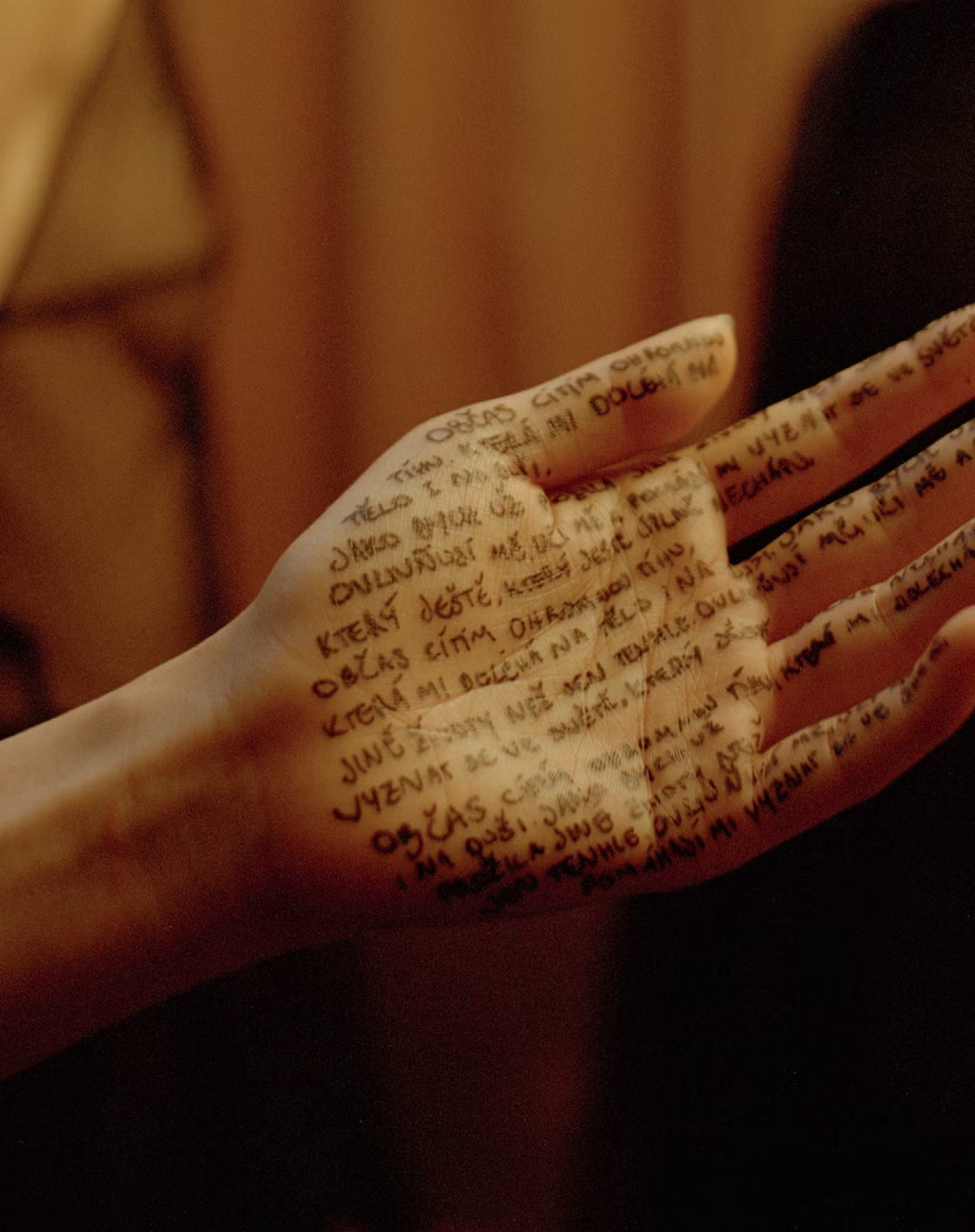
Společnost
Inkoust místo notifikací. Proč se vracíme ke kouzlu ručně psaných dopisů
Natálie Debnárová5. 12. 2025
Horoskopy
Velký horoskop na rok 2026: Co čeká jednotlivá znamení zvěrokruhu?
Martina Kabala5. 12. 2025
Knihy
